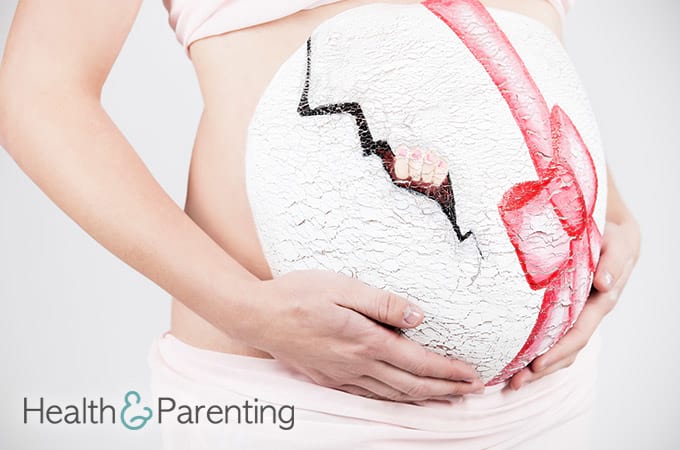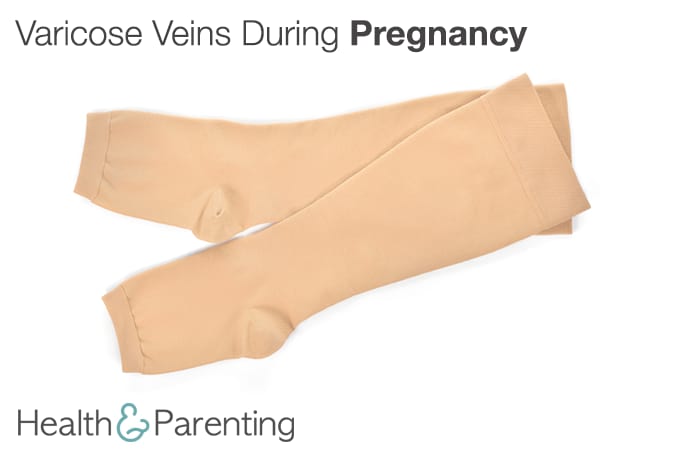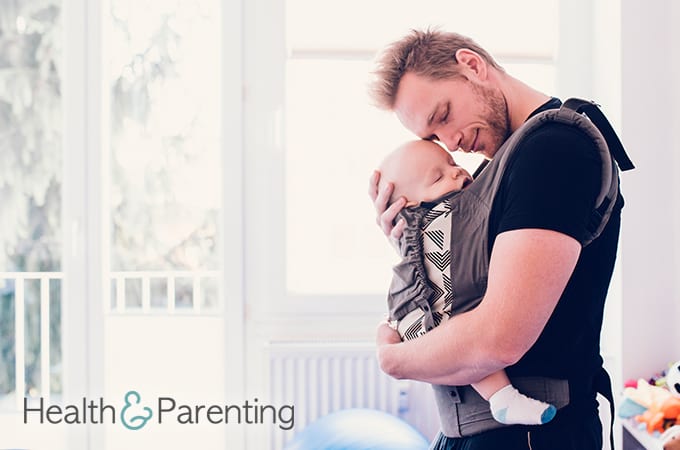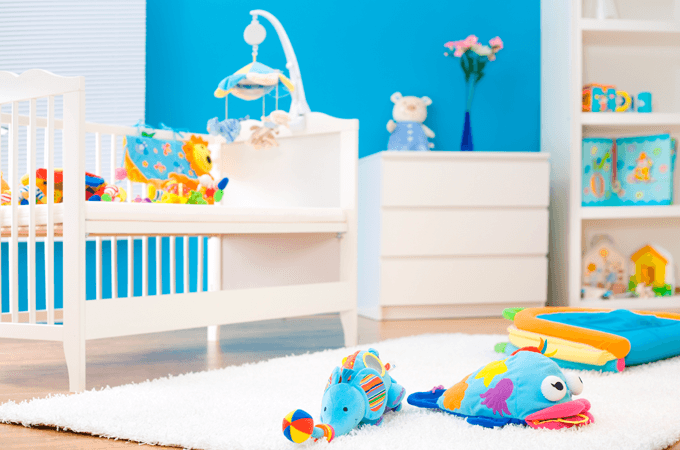Water births are becoming increasingly popular for labouring women. Historically, water births have been used across the world. Women have given birth in the sea, rivers and steam baths throughout history. In recent years, water births are being used more frequently on labour wards, and in hospital births, too.
Advantages of a water birth
- Water aids buoyancy, and allows labouring women to change position more easily.
- Warm water on the lower back can help to relieve labour pains.
- Some women report enjoying the privacy provided by the pool. The pool effectively puts distance between the labouring woman and the midwife, which some women say helped them to relax.
- Research identified a surge in oxytocin immediately after entering the pool, this hormone stimulates contractions.
Some women choose to use a birthing pool for pain relief during the first stage, but then opt to exit the pool for the second and third stages. Other women give birth to their babies in the pool.
Water temperature
While you are in labour, the temperature of the water must be between 35°C and 37°C (95°F to 98.6°F). For the second stage of labour, the water will be kept at 37°C (98.6°F). The pool is kept at body temperature, to prevent the baby from breathing in water. Once born, it is thought to be the cold air that causes a baby’s breathing instinct kick in. By keeping the water at 37°C (98.6°F), the baby will not try to inhale until they are taken out of the water.
When should I get in the pool?
Some healthcare providers advise women to wait until they are 5cm dilated before entering the pool. Others are happy for the labouring women in their care to get in the pool as soon as active labour begins. Water births offer a form of pain relief, and many women find relief when they enter the pool. This may encourage you to get in earlier than intended on the day. Speak to your healthcare provider to find out if there are any regulations in place at your birthing centre.
Can I have a water birth?
This will depend upon your local healthcare provider and birthing facility. If you are giving birth at a hospital without a birthing pool, you will need to check in advance whether they will allow you to provide your own. If you are planning a homebirth, you will need to provide your own pool. These can easily be rented or purchased online. Some hospitals and birthing centres have pools now, so you may be able to use one of these. Speak to your healthcare provider for more details.
You may be advised not to have a water birth if you are a high risk pregnancy. You may be encouraged to give birth on dry land if you:
- Have herpes, because it transfers easily in water
- Are being induced
- Have had a previous ceasarean birth
- Are in preterm labour
- Have experienced excessive bleeding
When things don’t go to plan
Unfortunately, some women are asked to leave the pool during labour. There are a number of reasons why this could happen to you, including:
- Your baby showing signs of distress for a prolonged period of time
- The presence of meconium in your amniotic fluid
- Vaginal bleeding during labour
- If you develop a high temperature or high blood pressure
If, on the day, you find that you are asked to leave the pool, don’t panic. Or indeed, if you find that you don’t enjoy labouring in the pool and would like to get out. Stay calm, and remember your birth plan was just that, a plan. Your healthcare provider is there to ensure both you and your baby are safe and well.
This information is not intended to replace the advice of a trained medical doctor. Health & Parenting Ltd disclaims any liability for the decisions you make based on this information, which is provided to you on a general information basis only and not as a substitute for personalized medical advice. All contents copyright © Health & Parenting Ltd 2018. All rights reserved.



















